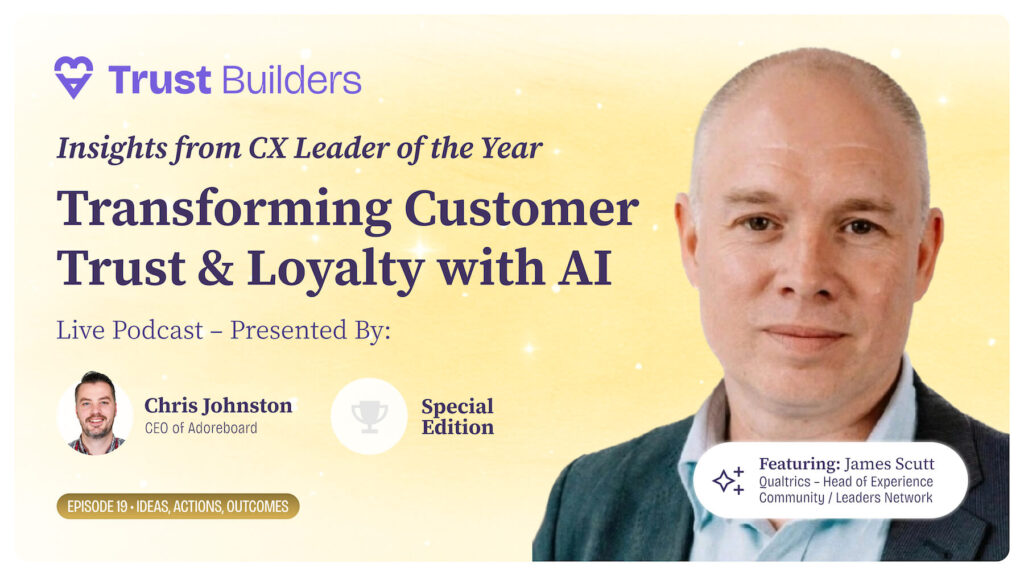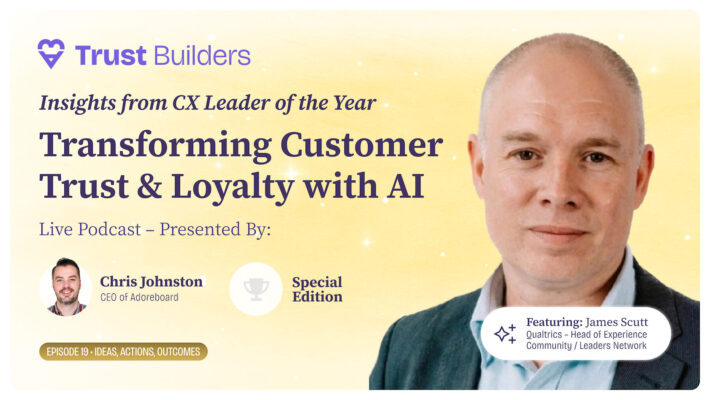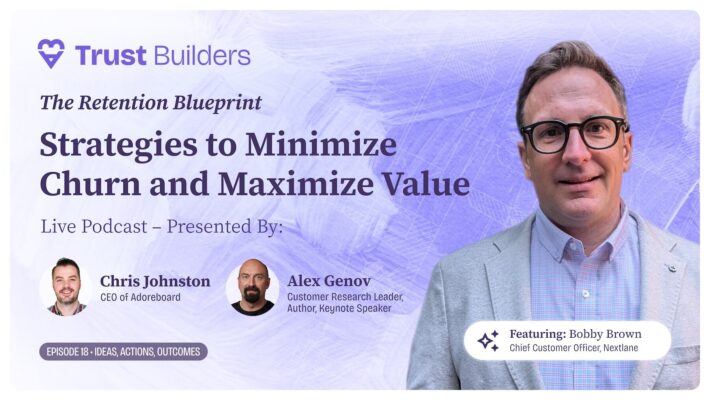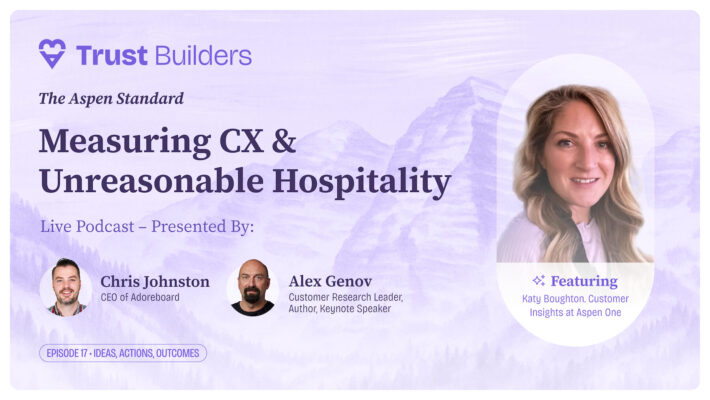So you’ve fallen into the old trap of collecting lots of survey data because you were told that’s what everyone does and now you’re not sure what to do with it. Don’t worry, you’re not the first and you certainly won’t be the last.
All too often we approach customer feedback with open-ended questions which make for nice quotes or anecdotes but are too qualitative or unstructured to make any real difference. Tale as old as time; but times are changing.
First, in case we’re not all on the same page, we should define what an ‘open-ended’ question is. An open-ended question is where the answer is more than a binary ‘yes or no’ response. It naturally leads to more expressive, qualitative feedback that can be difficult to sift through but trust us, there will be tonnes of absolutely excellent data in there.
They’re also useful for avoiding swaying responses. A simple ‘yes or no’ question can be phrased in a way that ignores nuance and pushes people to round up or down, so to speak. For example, ‘Do you like this product?’ may push respondents to say ‘Yes’ when they might have issues with the product, but it overall achieves its purpose. ‘What do you like about this product?’ will reflect a much more detailed answer and give you useful information that can be strategically actioned to help you improve.
We’re here to help you drive your survey data toward clear, understandable answers which give you a platform on which to truly improve your offering.
How Adoreboard does the heavy lifting
Depending on the size of your operation, you’re probably sitting on anything between a spreadsheet or a massive database of text-based data from customer feedback. It can be daunting when it isn’t distilled down to a score or number and sifting through all that text to find actionable points can feel like looking for a needle in a haystack.
Enter Adoreboard and predictive insights. We’ll take all your qualitative data, whether that be from a survey, social media comments, chat bot interactions, customer service calls, or more, and make something special. The platform absorbs all this text and in seconds delivers insights which predict how your customers’ experience will improve if you action certain touchpoints.
If your customers mention a specific product, service, or interaction with your business, Adoreboard attributes an emotional score to it and uses this to track trends with other responses to find patterns. It then predicts how you can best turn any frowns upside down to improve your customers’ experiences with exceptional accuracy, if we may say so ourselves.
For instance, say a clothing store wanted to know why so many customers were leaving clothes in the changing rooms without making a purchase. Adoreboard would take their customer feedback (along with any other written touchpoints they’ve had) and highlight that an overwhelming number of people expressed disgust at, for example, the unflattering lighting in changing rooms. These findings can then predict that improving or adapting this one area of the business can boost overall CX and drive further business.
Improving your open ends
While Adoreboard can help you make the most of the open-ended feedback, you can help push the quality of your data by giving those questions a good old fashioned makeover. We’ve seen it all when it comes to CX, so we’ve put together some staple rules to help you maximise your chances of fruitful answers.
One thing at a time
We know you’ve got a million and one things you want to ask your customers but hold your horses! You don’t want to scare them off with a convoluted question right off the bat and broad questions are the worst offenders for ambiguous answers.
Keep it basic and singular. For instance, don’t ask a customer, ‘What do you think about products A, B, and C?’, ask them for their thoughts on them individually so their answers are clear and you can track trends in greater detail.
Keep it clear, crisp, and concise
Jargon is the enemy. Even if you’re asking for feedback on a complicated topic, make sure your language is easy to understand. If you could grab a person at random off the street (which we do not recommend) and they’d be able to understand what you’re talking about, you’re on the right path.
Give them space
Not like time apart, we mean actual space to write their answer! If you’re looking for detailed feedback – the kind Adoreboard can get the most data out of, as it happens – let them express themselves.
It’s frustrating for the customer to run out of room when they’re taking the time to help you out so make sure your text boxes are big enough to get the full answer and decrease respondent drop-off.
First impressions are important
The first word in a question already decides what kind of answer you’re going to get, so make sure you use the right one.
What
A good way to get a specific answer, from here you can drill down to a specific topic.
What is your favourite thing about this specific part of the service?
How
Learn more about customer behaviours and get a broader idea of experiences.
How did you come to learn about our company?
Explain
This one’s great for getting expansive answers.
Explain the reasons behind you choosing this service.
If
Starting a question like this lets you set the tone immediately and helps you get answers on specific issues.
If you were to use our service again in five years, what would you expect to see added in that time?
Why
Use ‘why’ with caution though. Starting a question with ‘why’ can often seem leading or demanding and can put respondents on the defensive. This isn’t always the case, but it’s worth looking out for.
Avoid the ‘open-but-closed’ questions
Open-but closed? Nope, this isn’t part of an old riddle, but it can trip you up down the line. There are some words to avoid when writing your open-ended question otherwise they just end up being a closed question with more words – the worst of both worlds. Try and avoid questions like:
- Do you like this product?
- Will you be using this service again?
- Have you had a good experience with our company?
- Would you visit us again?
People don’t have a lot of time these days, if they think a simple ‘yes’ or ‘no’ answers your question, they’ll probably just write that.
There’s nothing wrong with a generic ending
Finish your survey with a generic question and give your audience room to freestyle. It doesn’t have to be fancy, something as simple as,
‘Is there anything we haven’t covered here that you’d like to say about our business?’
Or
‘Do you have any additional comments about our service?’
The more you get them writing, the more text Adoreboard can process into structured, empirical, emotional data for you to use.







